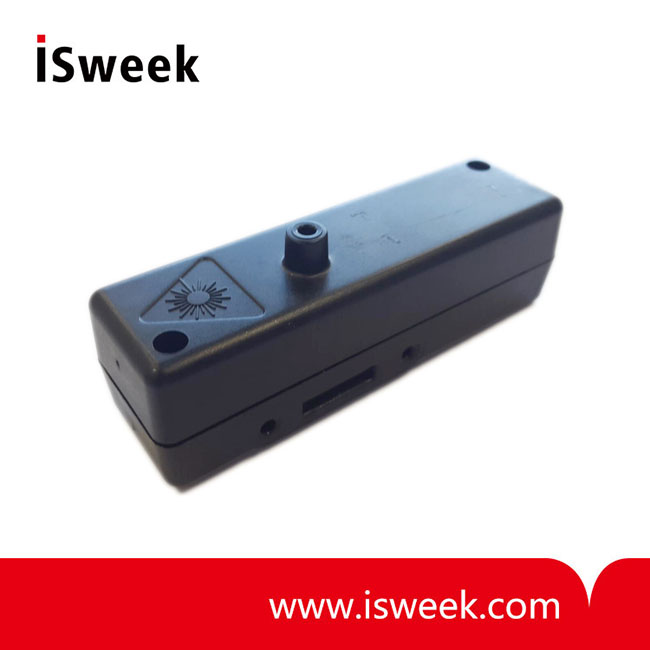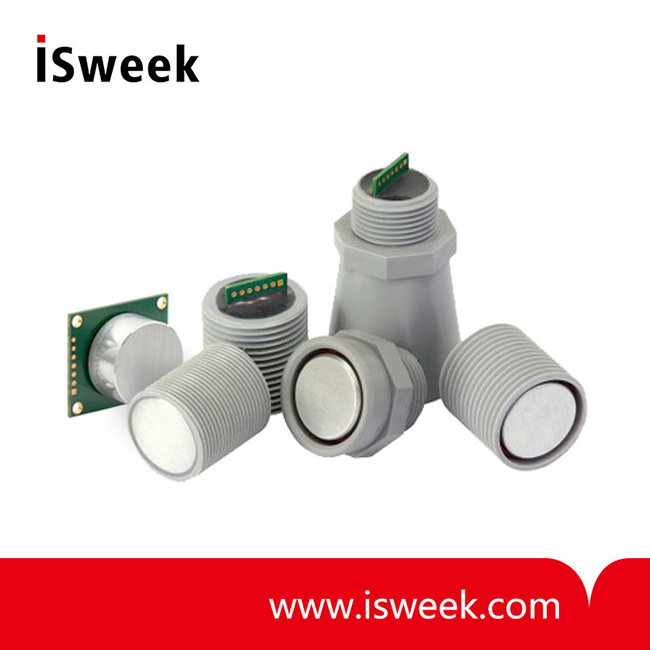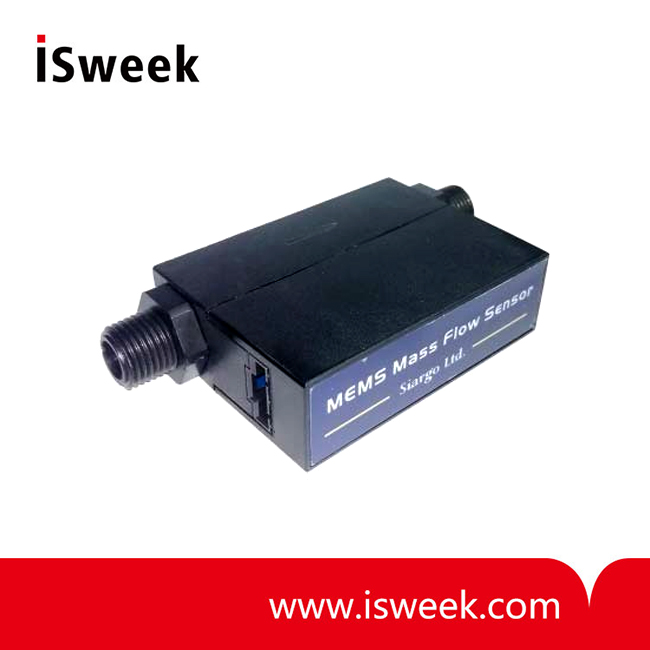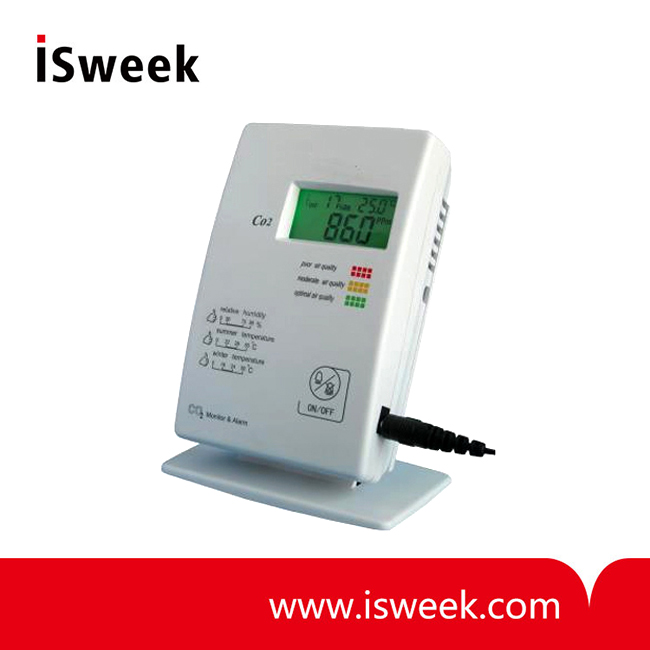Introduction
An electrochemical gas sensor operates by interacting with the target gas and producing an electrical signal proportional to the gas concentration. These industrial sensors are known for their high sensitivity, excellent selectivity, and linear output at low concentrations. Moreover, they function effectively in challenging conditions, including low and high temperatures, and low and high humidity levels. They are widely utilized in industries such as petrochemicals, environmental protection, and coal mining, where there is a requirement to monitor and analyze oxygen levels and toxic or harmful gases using industrial sensors.
Table of Content
1. What is the role of Alphasense H Series in Industry
2. What is Alphasense H series gas sensor?
2.1. Alphasense SO2-H4 Sulfur Dioxide Sensor
2.2. CO-H4 Carbon Monoxide Sensor-Miniature Size
2.3. H2S-H4 Hydrogen Sulfide Sensor-Miniature Size
1. What is the role of Alphasense H Series in Industry?
In the field of industrial production, whether it is oil extraction and refining or the production and processing of chemical products, safety has always been the cornerstone of enterprise development. With continuous technological advancements, more and more advanced equipment is being introduced into production lines to enhance production efficiency and product quality. Among this equipment, gas sensors are crucial tools for monitoring the production environment and preventing safety accidents, highlighting their undeniable importance.
In the petroleum industry, from exploration and extraction to refining, every stage involves complex chemical reactions and potential safety hazards. Sulfur dioxide (SO₂), one of the harmful gases that may be produced during the refining process, poses significant risks if its concentration exceeds acceptable levels. High concentrations can cause equipment corrosion and threaten the health of personnel. Therefore, precise monitoring of sulfur dioxide is particularly important. We need to use sulfur dioxide electrochemical gas sensors to monitor its concentration in real time during the refining process. If any abnormal situation is detected, an immediate alarm is triggered to ensure production safety.
Chemical production is an industry that has very high requirements for gas monitoring. Various raw materials and products may generate harmful gases during reactions, with sulfur dioxide being a common example. Real-time monitoring of sulfur dioxide has become essential for chemical companies to ensure production safety and protect personnel health. Sulfur dioxide electrochemical sensors can accurately and quickly detect changes in sulfur dioxide concentration, providing strong safety assurance for chemical enterprises. These sensors can be installed next to reaction vessels, in storage areas, or other monitoring zones.
2. What is Alphasense H series gas sensor?
The Alphasense H series gas sensor is a compact sensor that enables the design of slim gas detectors. Traditionally, 4-series and 7-series sensors (corresponding to A-series and B-series) are installed inside instruments such as portable detectors and fixed online gas detection devices. The portable detectors utilize the H series low-profile design, with the sensor-mounted turret-style at the front of the instrument to minimize instrument height. This design also simplifies the entry of target gases to the sensor surface and features an option for an externally replaceable membrane, which can fully replace the 1-series sensors from CITY TECH.
Therefore, for detecting sulfur dioxide gas concentration in the petrochemical industry, engineers from Isweek Sensors recommend the UK Alphasense SO2-H4 miniature sensor. Additionally, the petrochemical industry not only needs to detect sulfur dioxide concentration but can also extend to monitoring other harmful gases as needed, such as hydrogen sulfide and carbon monoxide. Its characteristics of high precision and high sensitivity ensure the accuracy and reliability of monitoring data. The miniaturized design allows it to adapt to various complex production environments, achieving flexible installation and rapid response. Moreover, this sensor also features long-term stability and durability, maintaining stable monitoring performance under harsh working conditions, thereby reducing maintenance costs and downtime risks for enterprises.
2.1. Alphasense SO2-H4 Sulfur Dioxide Sensor

The SO2-H4 sulfur dioxide sensor is an electrochemical sensor known for its high sensitivity, good selectivity, filtration membrane, smoke resistance, and excellent low-concentration output linearity. It ranges from 0-20 ppm, operates in temperatures ranging from -20 to 50°C, and humidity levels between 15 to 90% RH. The resolution of the sensor is 0.2 ppm. It finds primary applications in the petrochemical industry, portable sulfur dioxide detectors, and various other sulfur dioxide detection applications.
2.2. CO-H4 Carbon Monoxide Sensor-Miniature Size

alt: CO-H4 Carbon Monoxide Sensor-Miniature Size
The CO-H4 carbon monoxide sensor is an electrochemical sensor. Electrochemical sensors offer high sensitivity, good selectivity, a filtration membrane, smoke resistance, and good low-concentration output linearity. It ranges from 0-1000 ppm, operates in temperatures ranging from -20 to 50°C, and humidity levels between 15 to 90%. The resolution is 1.5 ppm. This sensor is primarily utilized in petrochemical, environmental protection, coal mining, and automotive industries.
2.3. H2S-H4 Hydrogen Sulfide Sensor-Miniature Size

The H2S-H4 hydrogen sulfide sensor features high performance with no leakage, fast response speed, small size, and a long lifespan of up to 2 years. It has high sensitivity, good selectivity, and excellent low-concentration output linearity. The range is 0-100 ppm, with a working environment of -30 to 55°C and 15 to 90% RH. The resolution is 0.2 ppm. It is primarily used in industrial safety detection, portable hydrogen sulfide detectors, and for measuring hydrogen sulfide concentration in the air.






